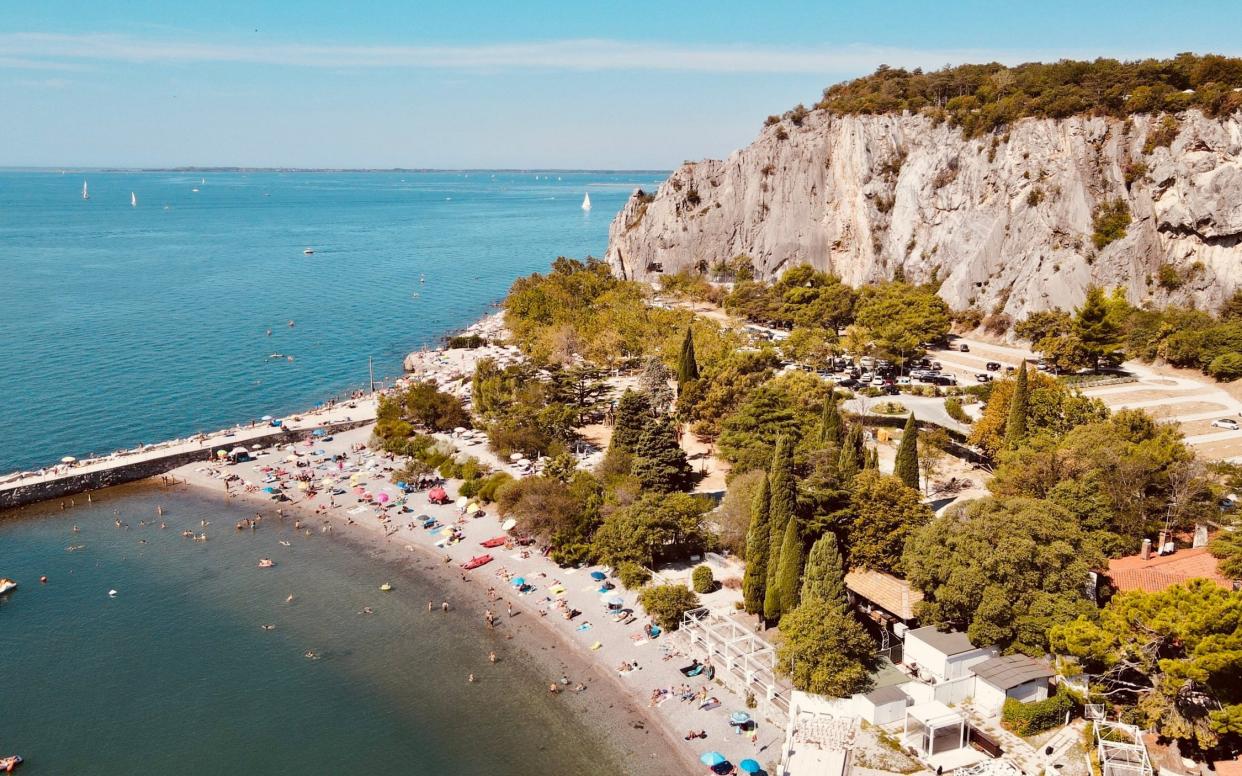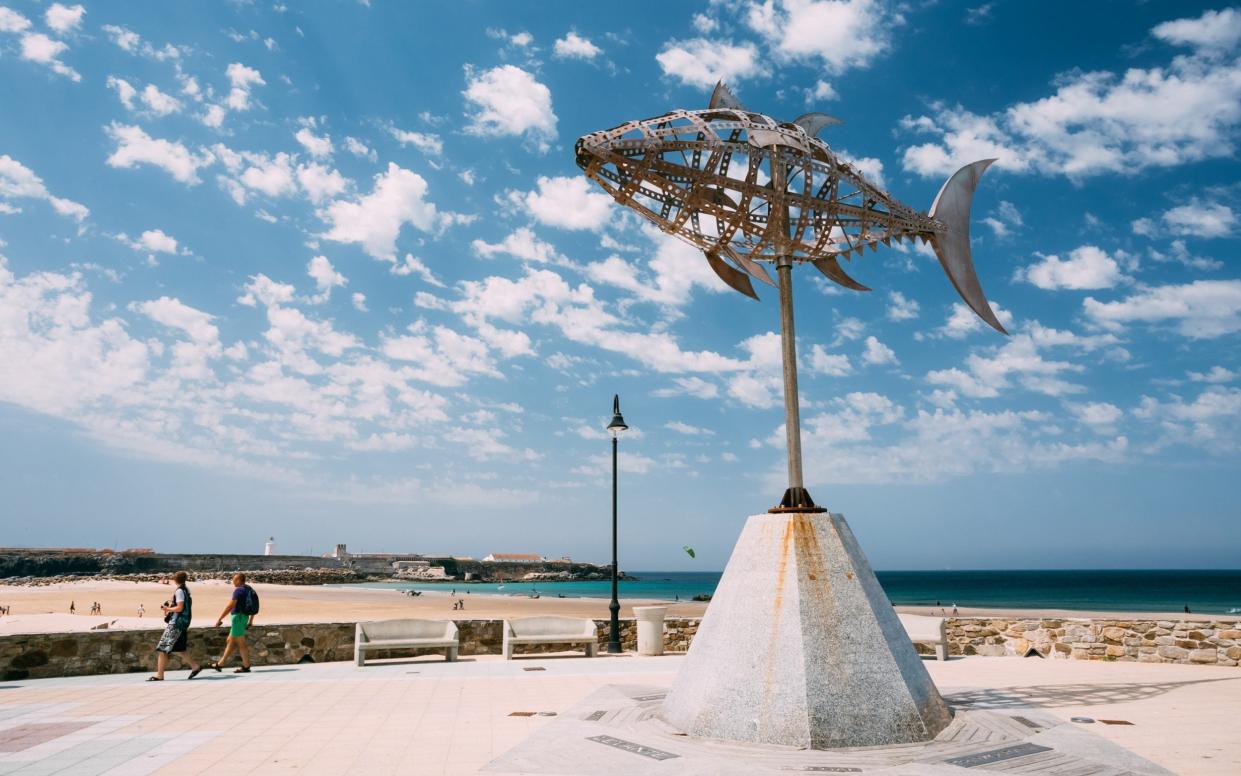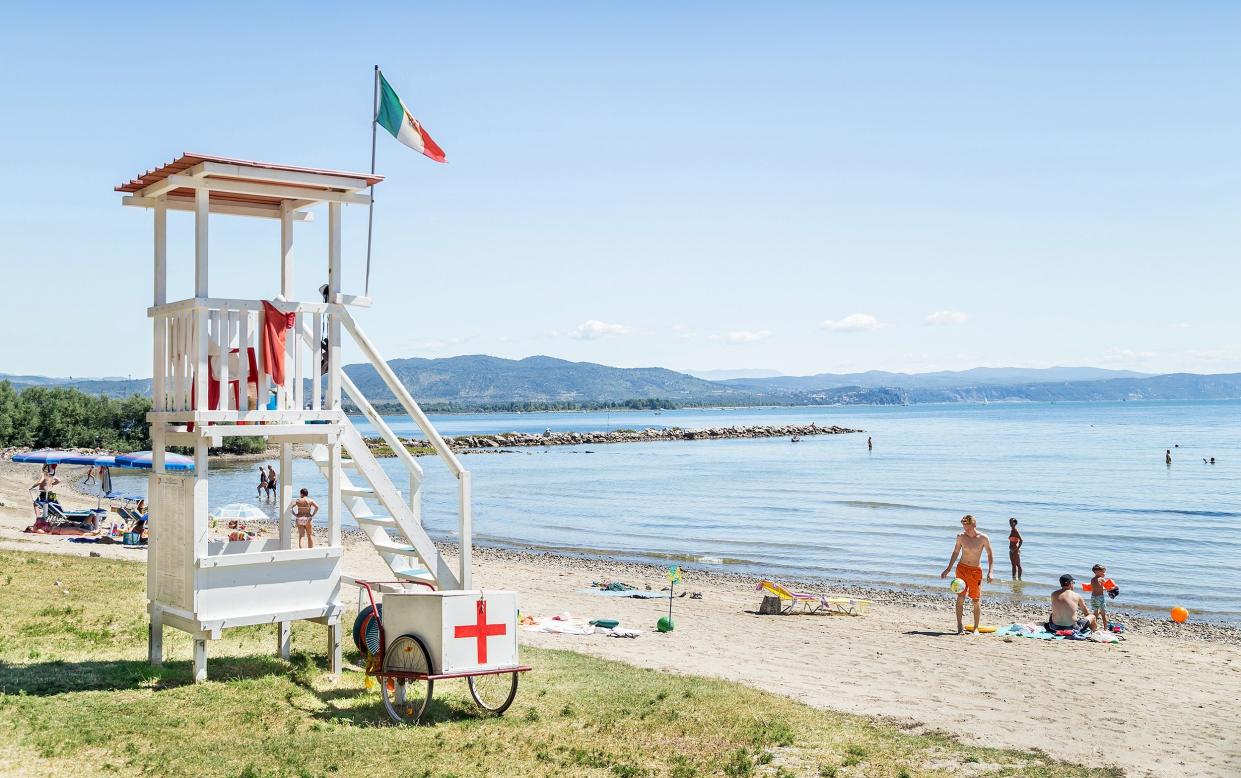Med microclimates: The cooler corners in Europe’s hotspots

The recent Mediterranean heatwave has seen plenty of talk about steering clear of the region this summer. But not all of southern Europe is subject to precisely the same climatic pressures.
When it comes to planning your getaway, a scientific approach could be the solution. If it’s a last-minute break, check the forecasts for the next few weeks. But even if you’re planning well in advance, it might be wise to aim for one of the Med’s many microclimates. From Spain to Turkey, France to the Greek islands, there are resorts and regions that are markedly cooler than their near neighbours.
Greece – head for the Cyclades
Look at a map of Greece and you see a shape that resembles a rockfall. Its coast measures around 8,500 metres. With so many islands, peninsulas and jagged edges, as well as a rugged mountain topography, microclimates abound.
The Cyclades – which includes Mykonos, Naxos, Paros and Santorini – are generally cooled by the Meltemi wind in summer. It swirls cyclonically over the mainland and arrives in the Aegean from the north. That’s why these islands drew tourists long before the introduction of air conditioning. When the wind is calm the temperature soars. Mykonos is sometimes called “Island of the Winds”, though yachting fans say the wind is often most vigorous in Andros and Tinos – and they would know.
None of Greece’s islands are what you would ever term cool in the summer months. But the range of temperatures is considerable. Over the next week, the maximums range from 27C in Lemnos to 35C in Crete. In the home of democracy, you have choices.

Portugal – for Atlantic respite
The next few days will see temperatures in Porto of a pleasant 24C, and any heat here is almost always tempered by breezes coming off the Atlantic. Why not combine some wine tasting sessions along the Douro with a swim off Vila Nova de Gaia or Praia de Afife? Esposende, 31 miles north of the city, is a quiet spot.
Further south, Nazaré – famous for its huge waves during the main surfing months of October through March – becomes a popular local seaside town in summer. Summer averages are 25-26C.
The Algarve region is known for its sunny, dry climate. It can get very hot here, especially inland, but the weather is inevitably a tussle between the warm Med and the Atlantic, and between the sea and the breezes. Winds from the northwest over the next few days take the temperature in Faro down to 19C for breakfast and down to just 16C during the night. Head west to Sagres, near the jutting-out corner of the country, and you’re looking at the low twenties at lunchtime.
Spain – time for Tarifa
Along the coast of Andalusia – one of the most popular stretches of beach on earth – it typically averages around 30C in summer. But the pleasant little town of Tarifa only averages 24C. This is because it sticks out, providing a natural meeting point for the Levante and Poniente winds. Lie back here and you can enjoy sunshine without sweat, while admiring the spectacle of hundreds of kitesurfers taking on those gusts.
A little further north, Cádiz has a summer average of 27C, whereas nearby Jerez de la Frontera – inland on the old “frontier” between the Islamic and Christian worlds – is typically far hotter. Cádiz’s Playa de la Victoria is one of those lovely town beaches where you’ll bump into plenty of locals. The city – one of the oldest in Europe – is full of shade-giving narrow streets and cool churches.

Spain’s Mediterranean coast is over 1,000 miles long. There are hundreds of resorts to choose from, ranging from Cadaqués and the Cap de Creus peninsula on the Costa Brava north of Barcelona – where you can expect 22-26C – to Jávea (Xàbia), half-way between Valencia and Alicante, and known for its “paradise climate”. Jávea generally has mild, pleasant temperatures year round, and more than 300 sunny days a year. It’s known for its greenery and abundant water; the Moors called the region “Xabiga”, or “well”. According to dozens of local sources, a World Health Organization survey in the 1990s recognised Jávea’s climate as one of the healthiest in the world.
Mallorca’s weather tends to be hot on all the coasts, though the southeast beaches are often a couple of degrees hotter. Inland can be sweltering, but go up a little higher – to Lluc, for example – and the temperature can drop 4-5 degrees.
If you want Spain plus beach, but minus heat, you don’t have to opt for the Med at all. The north coast is much cooler and the Canaries have an oceanic climate. Right now, it’s a very pleasant 23C in Santa Cruz de la Palma and even cooler in Valverde on El Hierro, an island known for its microclimates.
Italy – plump for Liguria
Venice’s Lido and the beaches around Trieste are often as much as ten degrees cooler than the southern coast. That said, Capri won’t be topping 30C in the near future and is often kept a little fresher than the mainland thanks to the breezes.
The northwest coast is also cooler, with beaches between the fishing villages of the Cinque Terre, as well as stylish Portofino and Santa Margherita Ligure. The land climbs sharply along the crescent-shaped shore of Liguria, so it’s easy to combine beach time with a breezier bolthole up on the wooded slopes.

France – head for the hills
South of France resorts lie at a similar latitude but anyone who has travelled there knows how you can easily escape the torrid towns – by going upwards. Above Cannes, Nice and the rest of the world-famous destinations are plenty of smaller, loftier spots. The fortified village of Eze, perched on the cliff tops at 1,408 feet above the Mediterranean, has been likened to Mt. Olympus. A small footpath named after Nietzsche (it’s said the philosopher wrote part of his Thus Spake Zarathustra while hiking) winds up from the beach. Eze has its own microclimate, sunny and sheltered by the winds but far more bearable than sea-level.
France’s Atlantic coast is lovely in summer, too. Corsica’s temperature is typically between 20-25C in July and August, thanks to moderating winds and its mountainous topography.
This article was first published in July 2023 and has been revised and updated.


